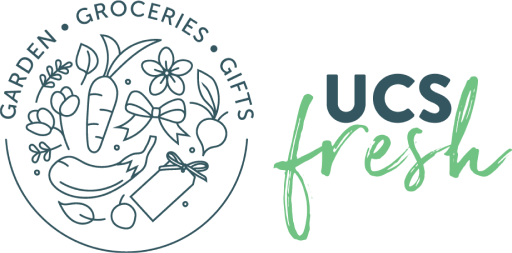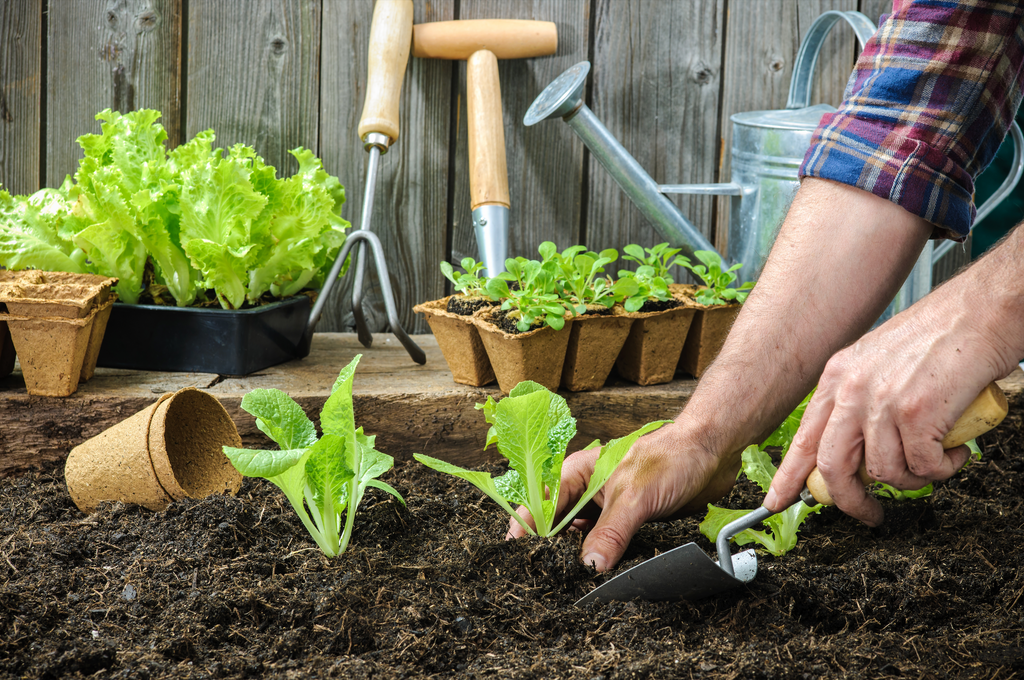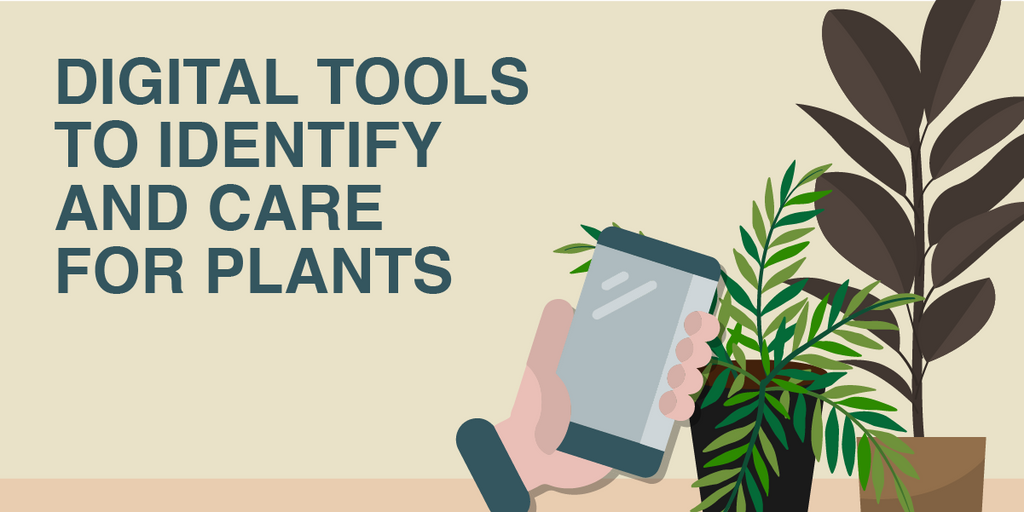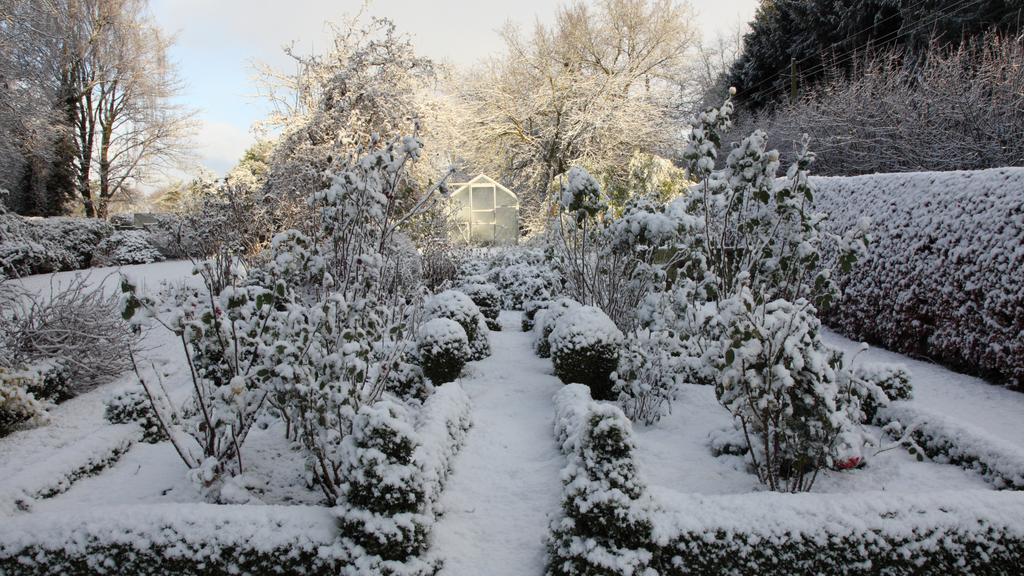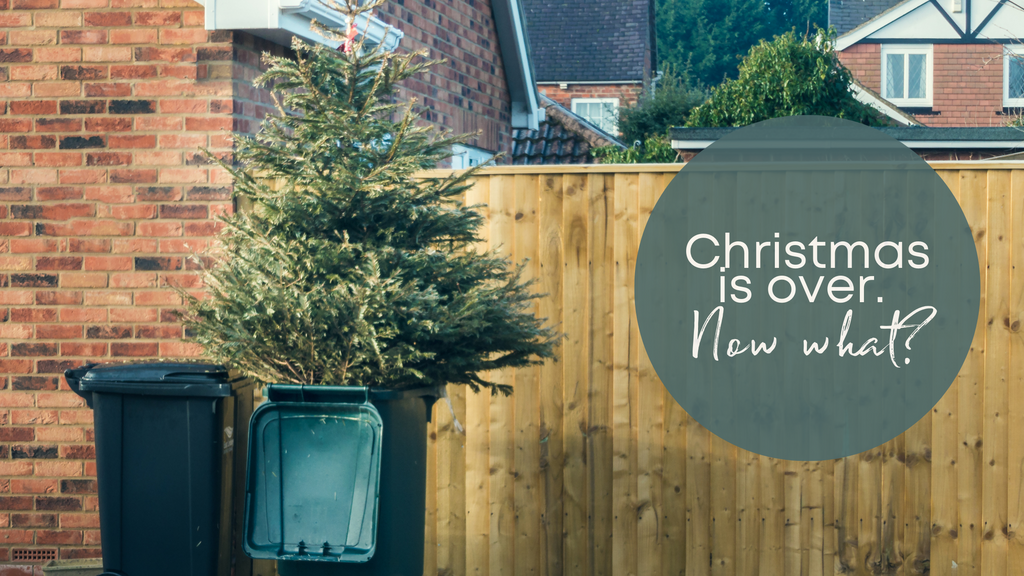
Harvesting Home-grown Herbs


We all love knowing that we can just go out into the garden and pick from an assortment of herbs to give our foods that added flavour, that punch, that sensory experience. Sometimes, all that a dish may need is a bit of colour, a sprinkling of flavour, or that final accessory in the form of a perfectly shaped mint leaf to turn it into something that is ‘Instagram-worthy’.
And while we are attempting to capture the perfect angle of our food, it’s important to ensure that we don’t kill our herb gardens in the process. As importantly, picking your herbs at the right time can make all the difference to the flavour provided by the plant – your food should taste as good as it looks.
That said, we have decided to put together this guide of sorts to assist you on your herb harvesting journey.
Beginning your herb garden
As previously mentioned in our Gardening Tips for Beginners post, on starting out, you should choose a spot, prepare the area, dig the required holes, and pop in the plants. It really is as simple as that – the difficult bit comes next.
Upkeep and security
As easy as starting out an herb garden may be, the unfortunate news is that gardening is a patient game. Your herbs will not sprout overnight (and if they do, please don’t eat it because then there is a possibility that you may not be around to read any more of our fun blogs) and as time progresses, you need to water, care for, and encourage your plants to grow. We’re not joking – as mentioned before, talk to your plants.
Ensuring that your plants are healthy and growing as they should, without disease, fungus or any need for pesticide is extremely important. Look out for the chef’s note below to see why.
After the hard work of nurturing your beloved plants, you will then be graced with the honour of either plucking their leaves, taking their seeds, uprooting them entirely or clipping their flowers before they fully bloom. As sadistic as that may sound, the plants seem to love it.
Of course, harvesting has its own rules…
Harvesting
The first step to note is, of course, the type of herbs you’ve grown – and for what purpose. You see, not all herbs are harvested in the same way. From some of the plants, you may need just the leaves, from others, the roots.
Here is a short list of the most common types of herbs, what they are harvested from, and when they should be picked:
Leaves
Herbs grown for their leaves should be harvested before they flower – as once flowering occurs, they lose that unique flavour and, in some cases, even turn bitter. The best time to pick the leaves of these wonderful plants are when they are tender as this is when they contain the most oil.
A chef’s note: Do not wash your leaves or the aromatic oils you seek will be lost!
Examples of some herb plants harvested for their leaves are:
- Mint
- Parsley
Flowers
Herbs grown for their flowers (flowering herbs) should be harvested before they are fully open. Like the leaves, if left to continue its growth beyond the recommended harvesting time, then you will be left with a bitter taste.
Examples of flowering herbs are:
- Lavender
- Borage
- Chamomile
Seeds
Some herb plants are grown for their seeds. It is important to harvest these just as the seed pods begin to change colour.
Examples of plants harvested for their seeds are:
- Dill
- Fennel
- Coriander
- Caraway
Roots
In some cases, the herb plant in question is grown for its roots. And yes, that means that you will have to dig up the plant. The best time to do so is usually at the end of summer or early autumn.
Examples of herbs grown for their roots are:
- Ginseng
- Goldenseal
Herbs are wonderful, if not essential to our everyday cooking, cleaning, and living. To an extent, we have a symbiotic relationship with herbs in a way where we take care of the plants and the plants in turn take care of us.
The best time to harvest is usually in the morning – just after the dew evaporates and before the heat of the day kicks in. You should harvest early and frequently as this encourages growth.
For perennials, if you don’t know what this is, check out our blog on Gardening Lingo 101, you can go as far as pruning it to half its height as long as this is done before August here in the UK. For annuals, you just need to leave a few inches of growth – the rest is all yours and you can continue harvesting right up to the frost.
For hassle-free flower delivery, fresh produce (and much more), visit us at UCS Fresh.
